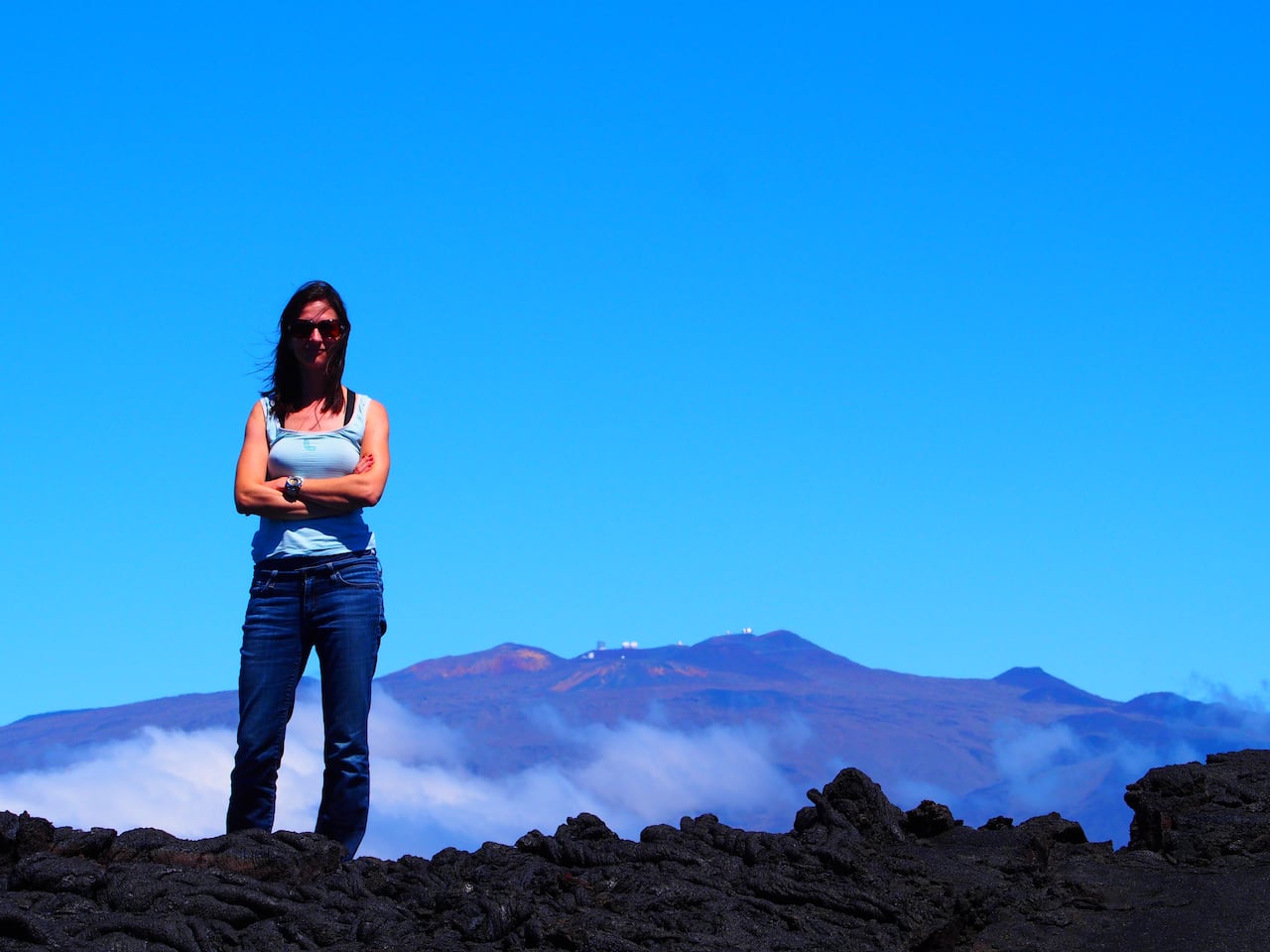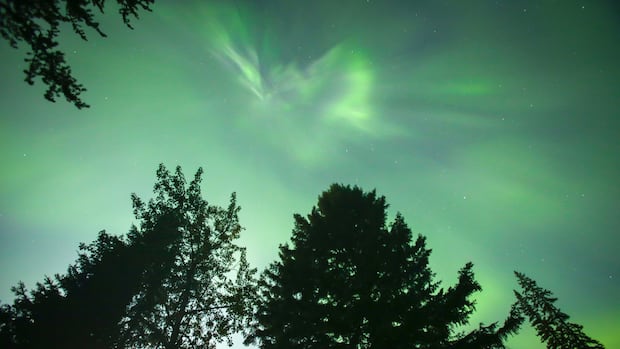There’s no place like home. Unless, perhaps, your research involves finding a new home among the stars.
But world-renowned exoplanet researcher Sara Seager says she’s excited to be returning to her terrestrial home of Canada, after leaving the Massachusetts Institute of Technology (MIT) to go back to her alma mater, the University of Toronto.
Seager’s research includes searching for Earth 2.0 and life beyond Earth, even in inhospitable atmospheres like the clouds of Venus.
After about 20 years at MIT, the U of T graduate says the timing was right for her return to Toronto, where she grew up. Her return also brings world-class research by a top scientist to Canada.
“Canada has always welcomed me, like the Royal Astronomical Society of Canada. I’ve got a bunch of awards from Canada; I’m often invited just to come back and visit,” Seager said.
“So, I’ve kind of had this ongoing relationship.”
Seager will join the university’s Canadian Institute for Theoretical Astrophysics (CITA) as professor in September 2026.
She hopes to inspire the next generation of researchers — and she’s bringing some incredible projects with her.
“All of my projects are coming with me to Canada,” she said. “In addition, I hope to start new things.”
That’s great news for CITA’s director, Shantanu Basu, the man behind bringing Seager back to Canada.
“I think the visionary leadership that she shows in this field is what draws people in,” Basu said.
“That draws in new people into the field and frankly helps us make the case with the people who fund the science, which is ultimately the public.”
Life on Venus?
One of Seager’s planned projects is a doozy: Looking for life in the clouds of Venus.
In 2020, a paper co-authored by Seager claimed to have found phosphine in the planet’s clouds. This chemical signature is produced on Earth by organisms that don’t need oxygen to survive, and can be created in laboratories.
Excitement abounded at the thought that life could potentially exist on what is otherwise an extremely inhospitable planet, though the findings were questioned in follow-up research by other scientists.
But Seager and others want to know for sure. So along came Morning Star, a project that aims to send missions to the second planet from the Sun early next decade.
One mission consists of a balloon that would fly through Venus’s clouds and collect a sample from its atmosphere and then return it to Earth.
Search for habitable worlds
When Seager obtained her PhD from Harvard in 1994, only one exoplanet had been discovered. The second — orbiting a Sun-like star — was discovered in 1995.
Now, more than 6,000 exoplanets have been confirmed.
But thus far, no Earth-like exoplanet has been discovered. That’s because they are difficult to detect, being relatively small and invisible to telescopes as they would be washed out by the light of their star.
WATCH | Worlds are waiting to be found, NASA says:
That’s what led Seager to a passion project: Project Starshade.
This mission would involve a unique spacecraft with a shade to block out a star’s light, potentially making it easier to detect an Earth-like planet.
For now the project has been shelved, Seager said, but only temporarily.
U.S. cuts an ‘opportunity’ for Canada: CITA
Basu said he had long wanted to recruit Sara at CITA.
“We always had this idea she might be, in the far distant future, somebody we might be able to attract and bring back to Canada,” he said.
Then the Trump administration started cutting science programs.
“[We thought] hey, this could be an opportunity for Canada and Canadian science and research in general,” Basu said.
“So, there was this idea that OK, maybe this is a good time to seek out people in the United States that we’ve always thought we might want to attract … [and] she is one of the most famous Canadian scientists who also happens to work abroad.”

CITA doesn’t yet have a focus on exoplanet research, Basu said, which is why Seager’s arrival is so exciting.
“Our mission is to attract cutting-edge science and push the frontiers. And so, Sarah, that is the definition of what she does,” Basu said.
“She’s been at the forefront of making predictions about what you would observe in exoplanetary systems and atmospheres.”
Seager’s research isn’t just about exoplanets. It’s about finding the right ingredients for life, so there is also lab work involved.
“[You’re] definitely going to be seeing more exoplanets in Toronto. Let’s just say that,” Seager said of her experiments.
Basu said her interdisciplinary approach — “connecting exoplanetary science with organic chemistry and aerosols engineering” — is “very compelling.”
“And that really is also part of CITA’s mission: to do theoretical astrophysics in a way that can make contact with other areas of astronomy and even beyond,” he added.
For now, Seager is busy preparing to return to the very university whose campus she walked through on her way to high school.
“When you’re thinking about a change in life, what better change is there than to go home?” she said.







